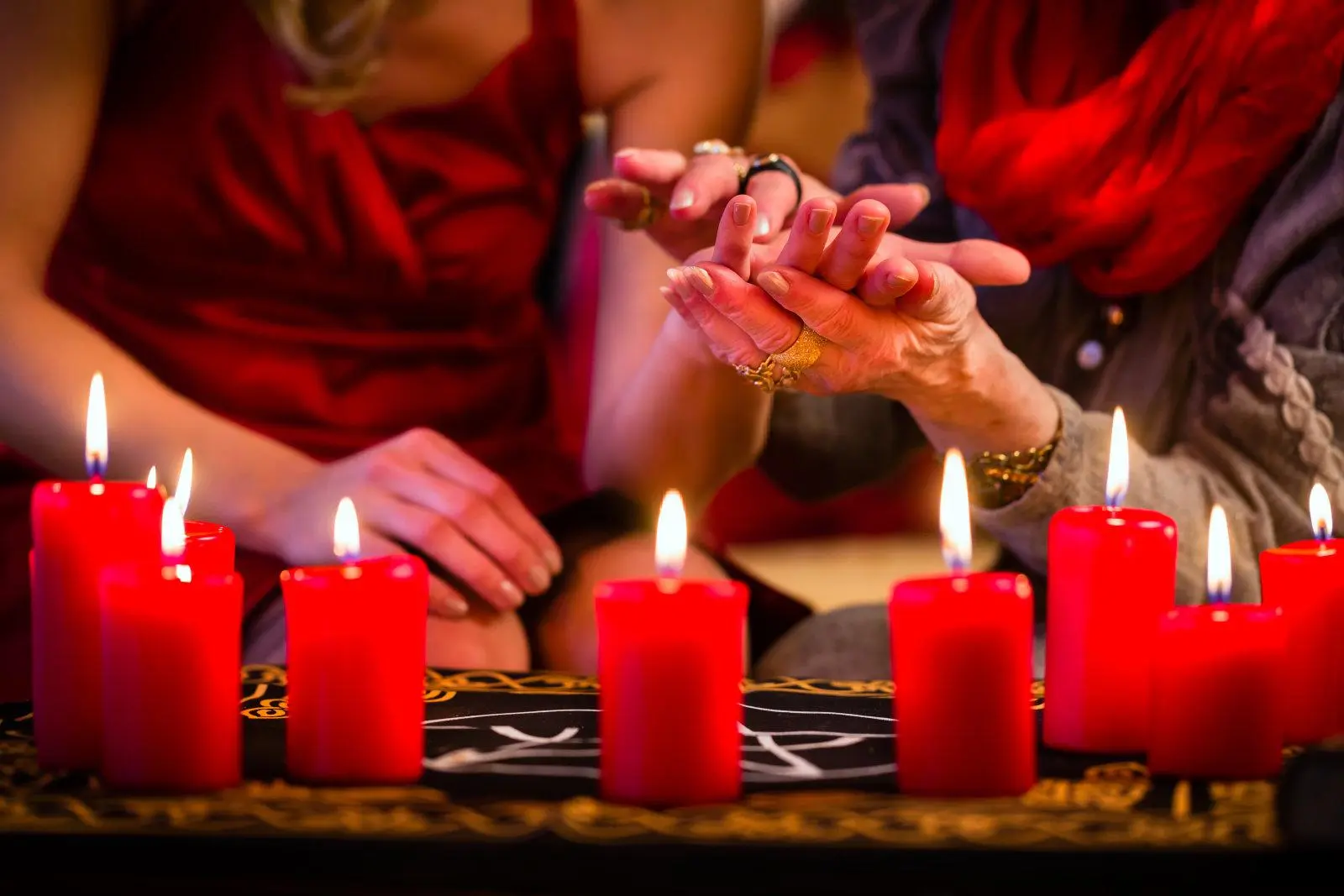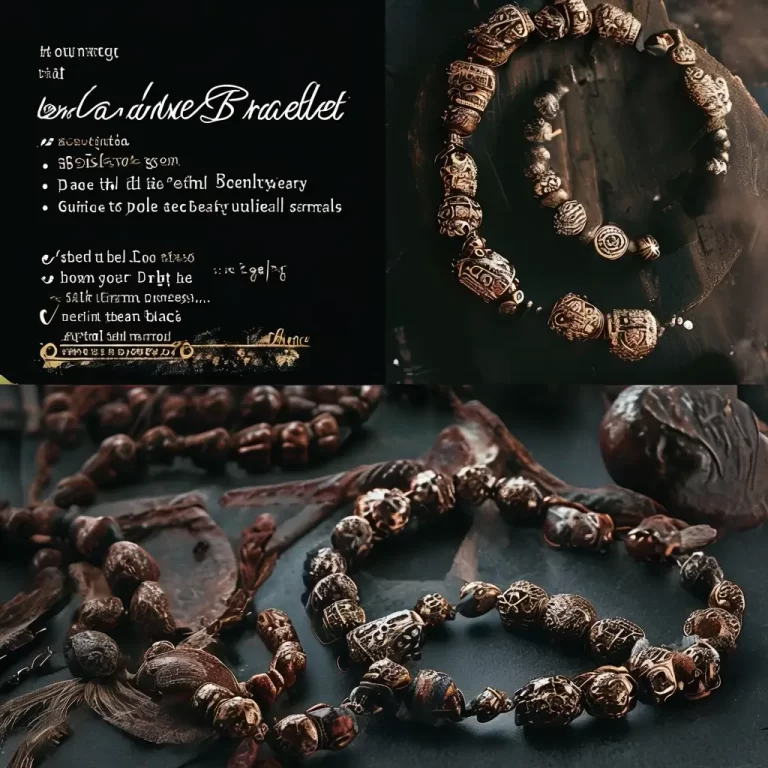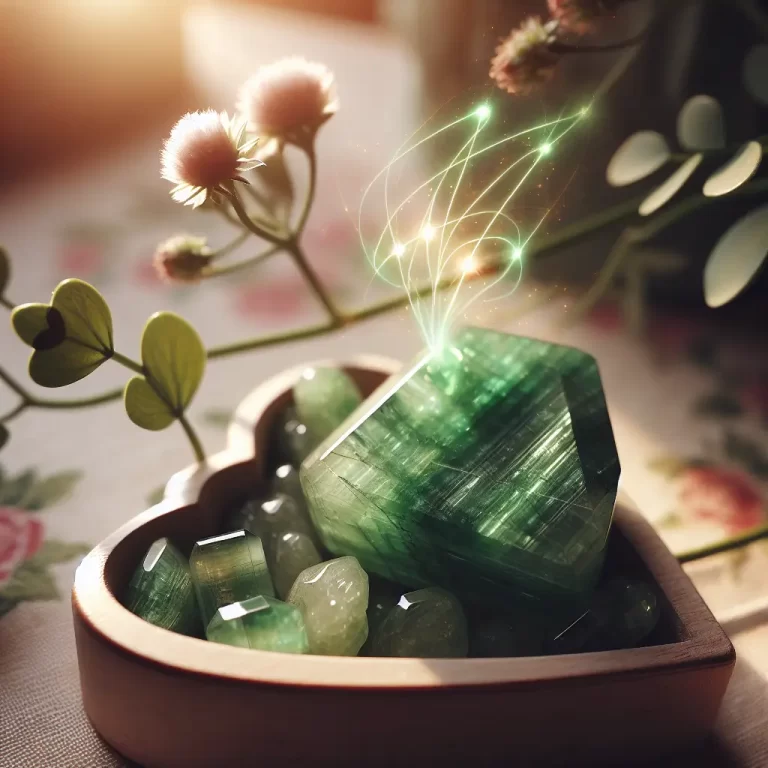In Palm Reading, Is The Left Hand Or The Right Hand Analyzed?
Palm reading, also known as palmistry or chiromancy, is an ancient practice that has fascinated people for centuries. This intriguing art of divination claims to reveal insights into a person’s character, life path, and future by examining the lines, shapes, and other features of their hands. However, one question that often arises is whether palm readers analyze the left hand, the right hand, or both. Let’s delve into this captivating topic and uncover the truth behind hand selection in palm reading.
The Dominant Hand Theory
In traditional palmistry, the general rule of thumb is to read the dominant hand – the hand a person uses most frequently for writing and other daily activities. For right-handed individuals, this would be the right hand, while for left-handed people, it would be the left hand. The dominant hand is believed to represent a person’s current and future state, reflecting their conscious mind and the life they are actively creating.
The non-dominant hand, on the other hand, is thought to show a person’s potential, inherited traits, and subconscious mind. It may reveal information about one’s past lives, family history, and innate abilities that have yet to be fully realized.
The Gender-Based Approach
Some palm readers follow a different school of thought, focusing on gender rather than hand dominance. According to this approach:
- For women: The left hand is read as the active hand, representing the present and future, while the right hand is considered passive, showing inherited traits and potential.
- For men: The right hand is read as the active hand, while the left hand is seen as passive.
This method is based on the belief that men and women have different energy flows in their bodies, which is reflected in their hands.
Both Hands Matter
Many modern palm readers emphasize the importance of examining both hands for a comprehensive reading. By comparing the two hands, a palm reader can gain deeper insights into a person’s life journey:
- Nature vs. Nurture: The non-dominant hand may show inherited traits and natural tendencies, while the dominant hand reveals how a person has developed and changed over time.
- Past vs. Present: The non-dominant hand can provide information about past experiences and childhood, while the dominant hand reflects current circumstances and future potential.
- Inner Self vs. Outer Self: The non-dominant hand might represent a person’s private thoughts and feelings, while the dominant hand shows how they present themselves to the world.
Factors Influencing Hand Selection
Several factors can influence which hand a palm reader chooses to analyze:
- Cultural traditions: Different cultures may have varying beliefs about which hand should be read.
- Individual preference: Some palm readers develop their own methods based on personal experience and intuition.
- Client’s request: In some cases, a client may have a specific question or concern that leads the reader to focus on one hand over the other.
The Story of Two Hands
Imagine twin sisters, Sarah and Emma, visiting a palm reader for the first time. Sarah is right-handed, while Emma is left-handed. The palm reader examines both of their hands, noticing striking similarities in their non-dominant hands – a strong life line and a pronounced fate line. However, their dominant hands tell different stories.
Sarah’s right hand shows a branched heart line, indicating a passionate and romantic nature that has developed over time. Emma’s left hand reveals a straight heart line, suggesting a more practical approach to relationships. This difference reflects how their individual experiences and choices have shaped their personalities, despite their shared genetic background.
FAQs About Hand Selection in Palm Reading
Q: Can I get an accurate reading if I’ve injured one of my hands?
A: Yes, a skilled palm reader can still provide insights by focusing on the uninjured hand and considering any changes that may have occurred due to the injury.
Q: Do palm lines change over time?
A: Yes, palm lines can change as a person grows and experiences life. This is why the dominant hand is often considered more relevant for current and future predictions.
Q: Is it true that the left hand represents the heart and the right hand represents the head?
A: This belief exists in some palmistry traditions, but it’s not universally accepted. Many modern palm readers consider both hands equally important for a holistic reading.
Q: Can a palm reader tell if I’m ambidextrous?
A: An experienced palm reader may be able to detect signs of ambidexterity by comparing both hands and observing the development of lines and mounts.
Q: Should I tell the palm reader which hand is my dominant one?
A: It’s generally helpful to inform the reader about your hand dominance, but many experienced palmists can determine this on their own through observation.
Conclusion
In the fascinating world of palm reading, the question of which hand to analyze doesn’t have a one-size-fits-all answer. While traditional approaches may focus on the dominant hand or use gender-based methods, many modern palm readers recognize the value of examining both hands for a more comprehensive understanding of an individual’s life path.
Whether you’re a skeptic or a believer, palm reading continues to captivate people worldwide with its promise of personal insight and self-discovery. As with any form of divination or self-reflection, the most important aspect is to approach it with an open mind and a willingness to explore the mysteries of human nature.
If you’re intrigued by the art of palm reading and want to learn more about how it relates to other aspects of spiritual well-being, consider exploring the collection of spiritual jewelry and accessories offered by Feng Shui Bliss. Our carefully curated products are designed to enhance your connection to ancient wisdom and promote harmony in your life.







